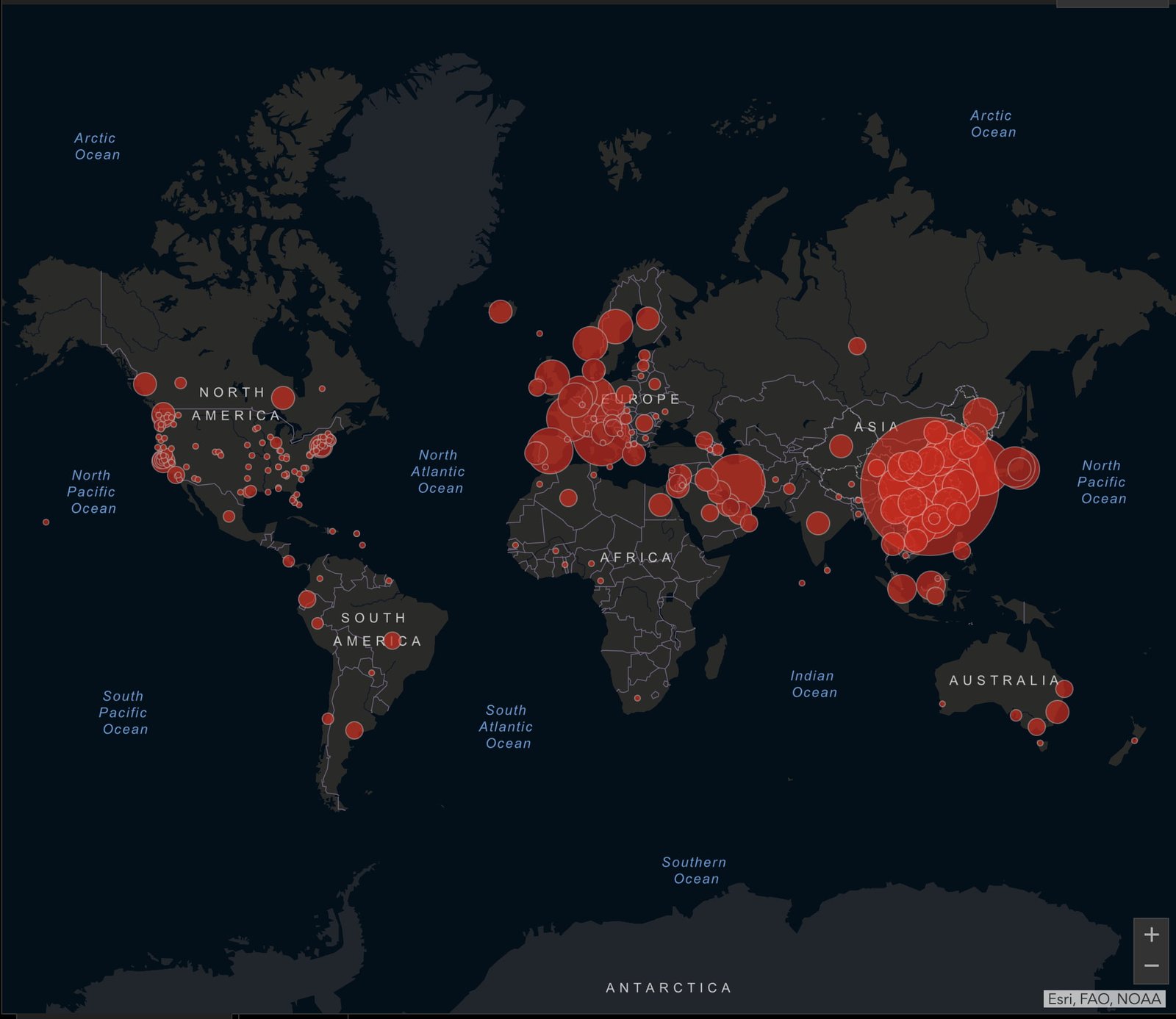Vaccine has yet to arrive in-country, missing expected arrival date
NASSAU, BAHAMAS — A first dose of coronavirus vaccines, Pfizer or Oxford’s Astra Zeneca, have proven “highly effective” in protecting senior citizens, and substantially reducing their risk of becoming infected with the virus, according to a new study.
Data contained in a Public Health England study, which gathered data on Britain’s inoculation program since January, showed that four weeks after the first dose, the vaccine was roughly 60 percent effective in preventing the virus among people over the age of 70.
The study with older groups was a missing component from the vaccine’s earlier clinical trials, which did not enroll as many older people in comparison to other vaccines.
In people at least 80 years of age, a first dose was 70 percent effective at preventing infection for weeks later.
That resistance rate rose to 89 percent two weeks after the second dose.
According to international reports, Britain has opted to stagnate second doses of both Pfizer and AstraZeneca shots up to 12 weeks after the first dose.
The World Health Organization (WHO) recommended dosage of the Oxford AstraZeneca COVID-19 vaccine be two doses within an interval of eight to 12 weeks.
While several European Union countries remain hesitant about administering AstraZeneca to its older population, The Bahamas has said it will continue to follow WHO guidelines.
The WHO has approved use of AstraZeneca in those older than 18.
The Bahamas was expected to receive its first tranche of 100,000 AstraZeneca doses at the end of last week, according to Minister of Health Renward Wells.

But Wells advised the media as he entered the House of Assembly yesterday that the vaccine had not yet arrived in-country.
He did not expound on the reason for the delay.
Asked about the arrival of the vaccine in The Bahamas, Wells said: “There will be an update.”
When asked whether the vaccine will arrive this week, the minister offered a similar answer.
“We will update the public sometime this week, later on this week,” he said.
Pressed on the matter, Wells said: “There is no disappointment. The fact of the matter is I am so happy that you are all concerned and elated and making sure that you keep the Bahamian people informed because when it does come, we do want all the Bahamian people to take it. So, we’re excited about it.”
Last week, Wells said The Bahamas will likely use the first tranche of vaccines to give the first dose to a quarter of the population.
Of the strategy, the Pan American Health Organization (PAHO) has said The Bahamas is positioned to make the best decisions with its vaccine distribution program as it is provided reliable information from the COVAX Facility on the arrival of each tranche of vaccines.
But with vaccine supply shortages and distribution challenges, there have been concerns raised about distributing the first tranche of doses as the first dose for 100,000 people, as opposed to using the first allotment of doses to provide 50,000 people with both a first and second dose — ultimately providing a higher degree of resistance to the virus.


















